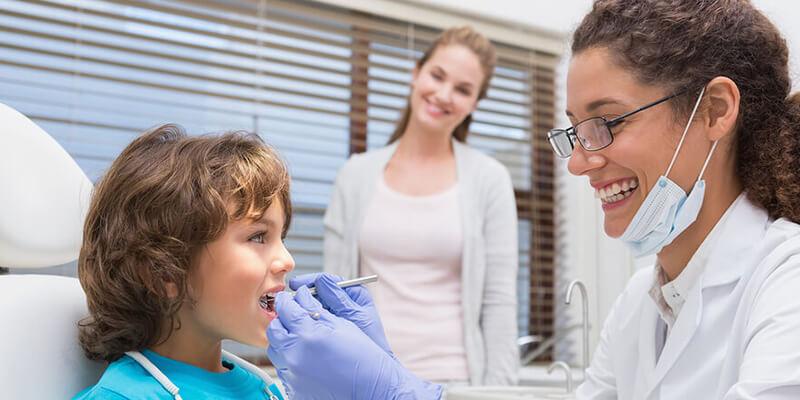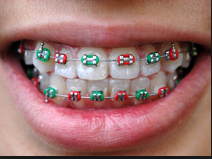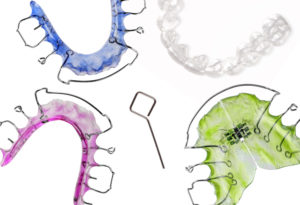Sponsor – Kids Orthodontics

A Word from our Sponsor
As children, many of us had braces on our teeth, or knew someone else who did. Sometimes they were metallic, and often there was also odd-looking headgear, with contraptions called appliances. They were put in place by someone called the orthodontist, who is really a dentist who has made a specialty of improper bites, tooth irregularities, and disproportionate jaws. Orthodontic treatment sounded scary to most kids. 
Those same children grew up to be thankful adults, thankful that they endured that early treatment in order to have a bright, even smile. Yet, there are still many people who endure an entire lifetime of feeling self-conscious about unattractive, poorly positioned teeth. For various reasons they did non receive any childhood treatment. Can adults, as well as children, successfully benefit from corrective orthodontics?
In an ideal world, there would be no crooked teeth, but in reality there actually is an optimal time to begin treatment. According to the American Association of Orthodontists, children should be examined for evidence of orthodontic problems as soon as possible, and no later than age seven if there ar obvious problems. The earlier any potential problems are discovered, the more opportunities there are for treatment.
The best time to begin puerility screening is when the first adult molar teeth push through. They ar the foundation of the back bite, and allow a specialist to see if there is a job with crowding, protruding front teeth, or if there is enough jaw space for future tooth growth. Early treatment gives patients the potential of a brilliant adult smile without any malocclusions, or misalignments of the upper and lower teeth.
A child who receives prompt and professional treatment at an early age enjoys benefits throughout life. Adults living with untreated problems, however, can experience such unpleasant symptoms as accelerated tooth decay, periodontic inflammation and infection, and even associated digestive problems. Other tooth related problems include inveterate headache, or facial and neck pain, inability to chew properly, and unnatural wear.
Is there an age when beginning such treatment is inadvisable? The answer is generally no, and the good news is that braces are non just “kid stuff.” As long as the overall health of the body and mouth is adequate, orthodontics can solve oral problems for people of almost any age. In fact, nearly a quarter of the appointments being made are for adults wanting to catch up with treatment they did non receive as children.
Adults receiving treatment ar often more successful than children, and achieve their dental goals more quickly. This could simply be a case of cooperation, because an adult has willingly elect to undergo therapy, and is very likely paying for at least part of it out of pocket. Adults are non as intimidated by the need to sometimes wear an admittedly unattractive appliance, and will make an extra effort to maintain excellent oral hygiene during the process.
Teeth can be made straight and attractive at nearly any age. While traditional steel braces still ar used, many patients wear devices made of ceramics, or nearly unseeable clear plastic. Today it does non make sense to treat your children’s dental alignment while continuing to neglect your own teeth. The best way to find out if you qualify is to ask your dentist, who may recommend various orthodontic treatments, and can put you on the pathway toward a bright, attractive adult smile.







 We challenge our students to cultivate their talents and interests in all areas of human potential – intellectual, artistic, spiritual, and physical. Within our dynamic learning environment, we engage our students in active dialogue and develop them into critical thinkers that think outside the box. We instil in our students a sense of community and nurture them to be the Jewish leaders of tomorrow. Creativity & Innovation. At Yitzhak Rabin High School, Discover Your Potential.
We challenge our students to cultivate their talents and interests in all areas of human potential – intellectual, artistic, spiritual, and physical. Within our dynamic learning environment, we engage our students in active dialogue and develop them into critical thinkers that think outside the box. We instil in our students a sense of community and nurture them to be the Jewish leaders of tomorrow. Creativity & Innovation. At Yitzhak Rabin High School, Discover Your Potential.